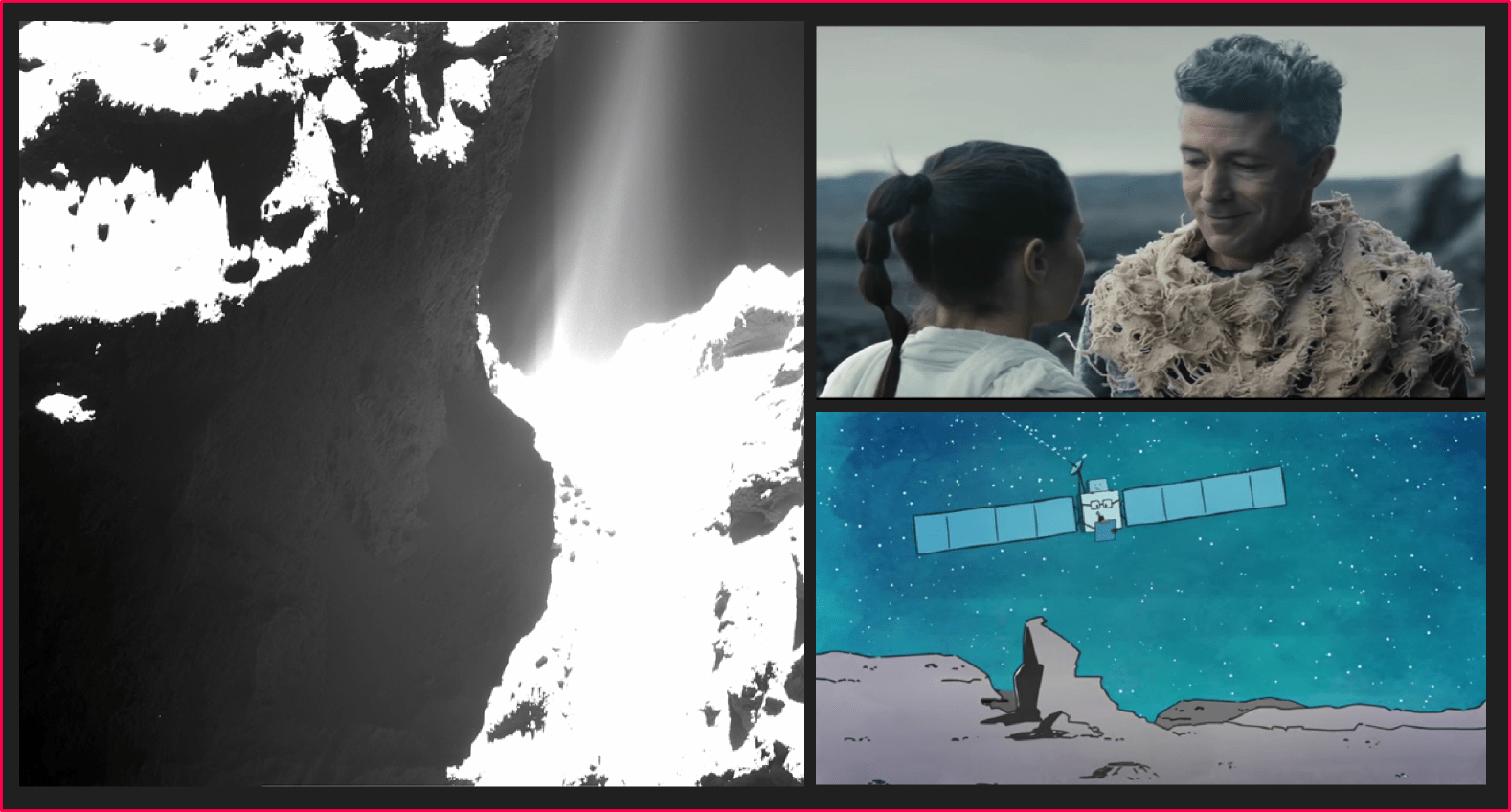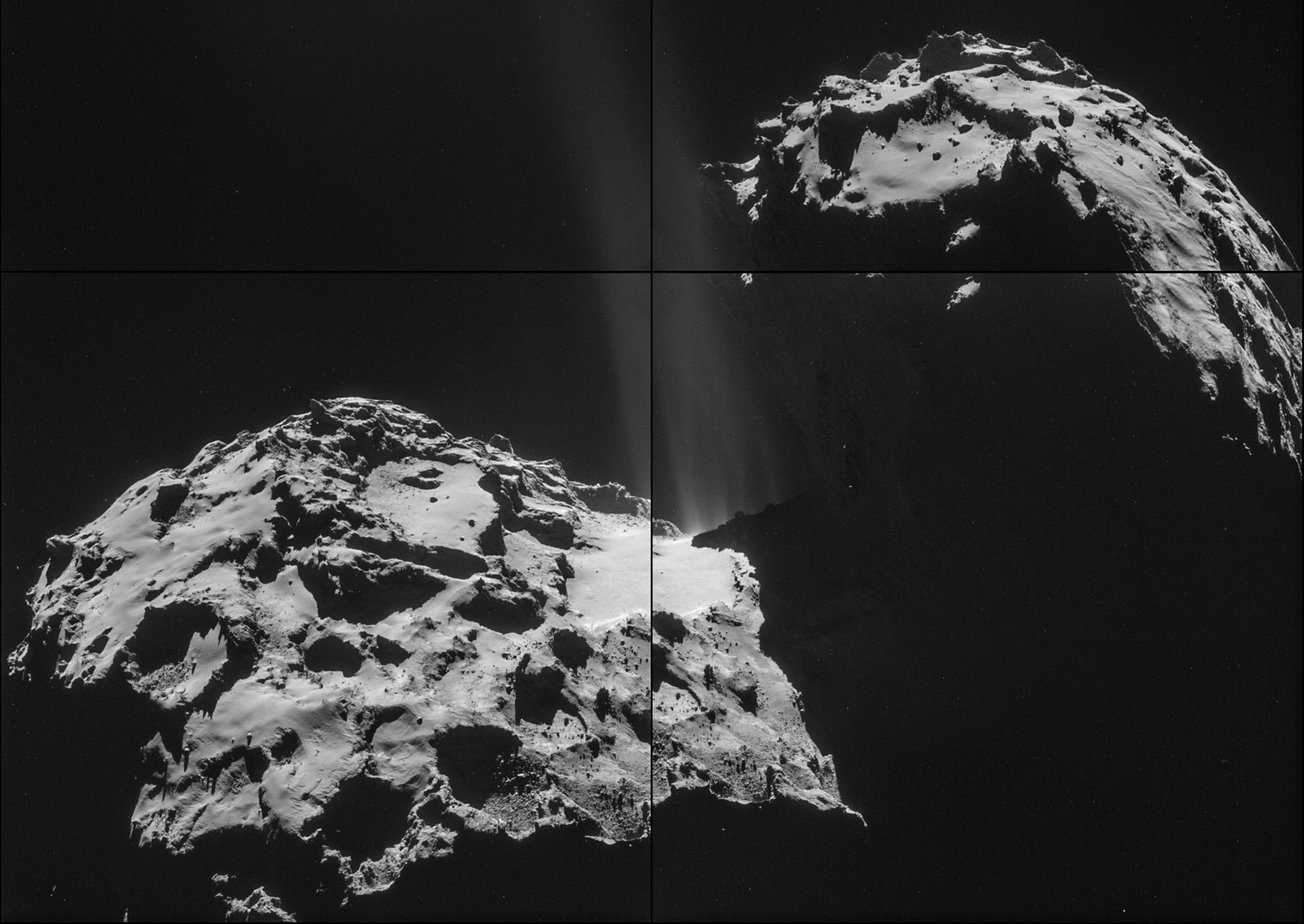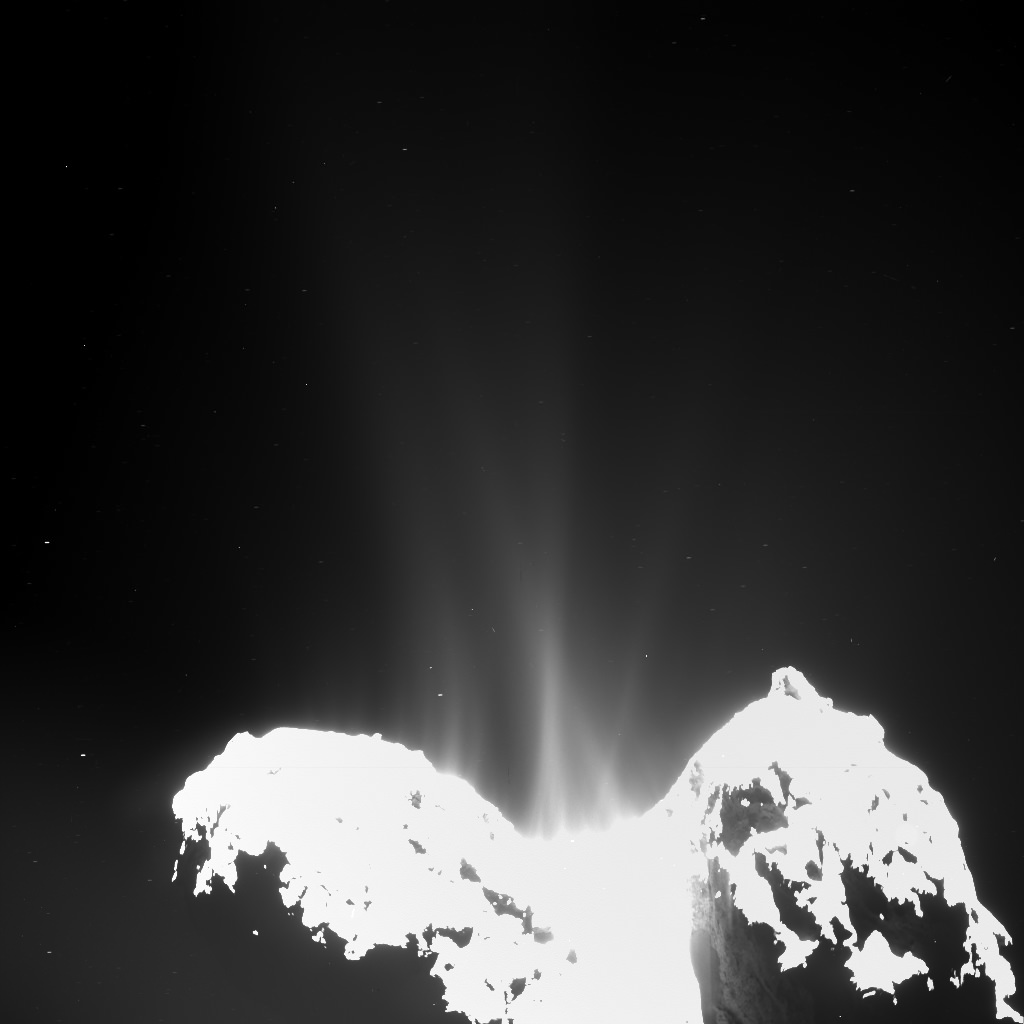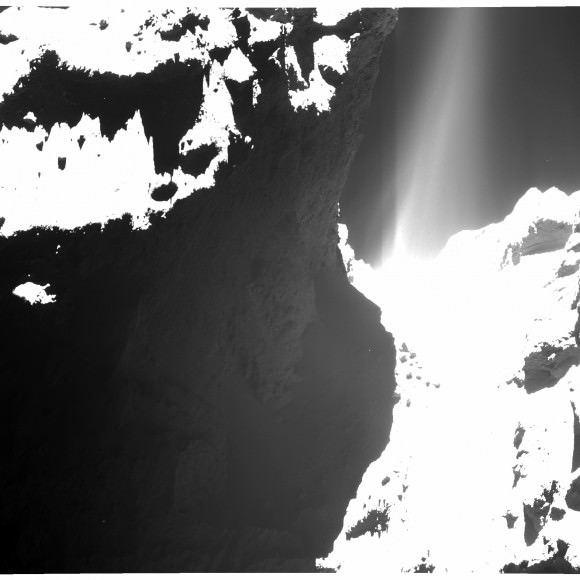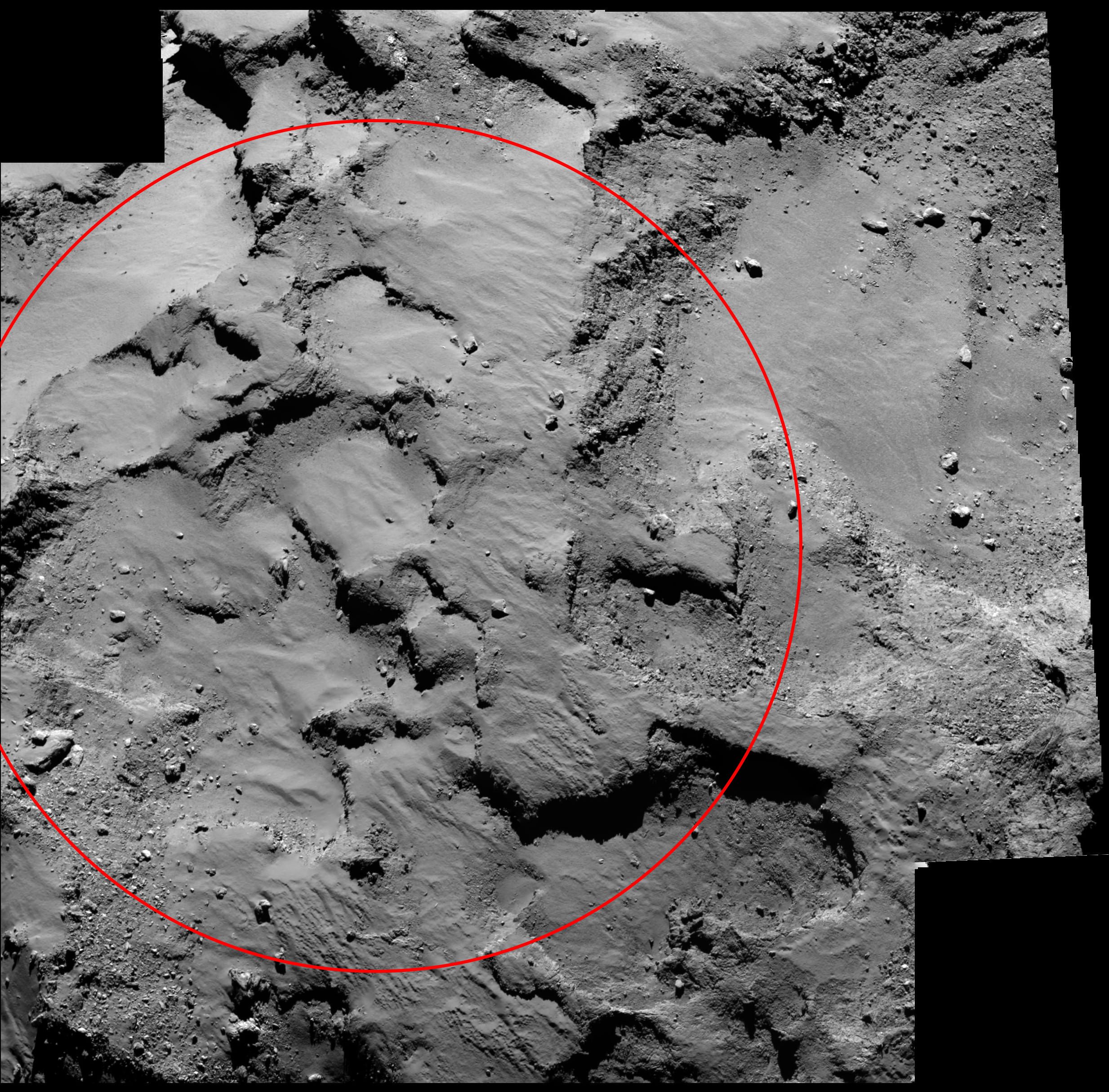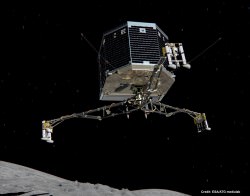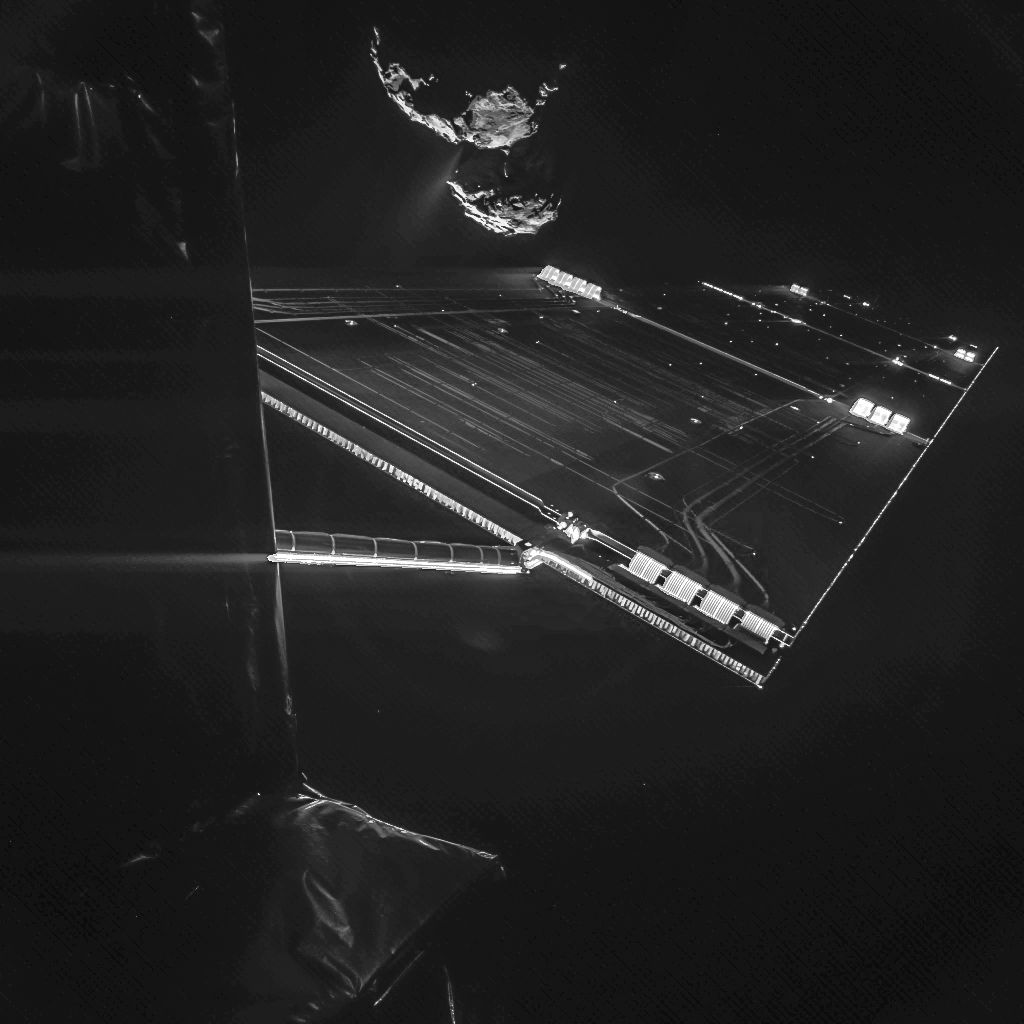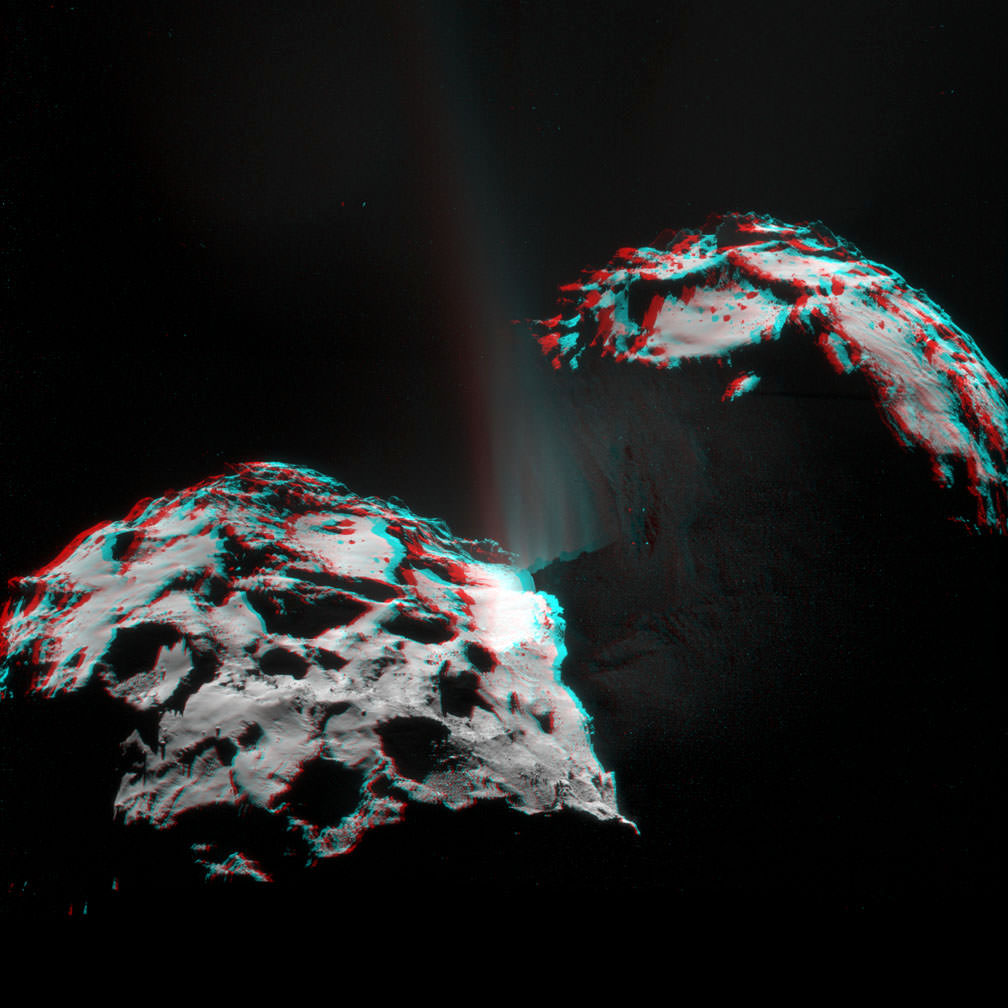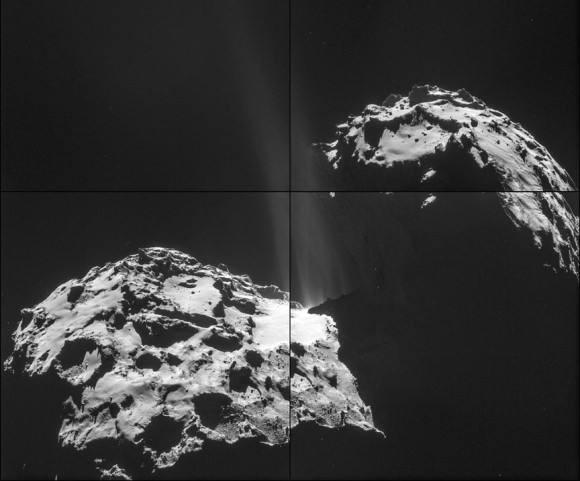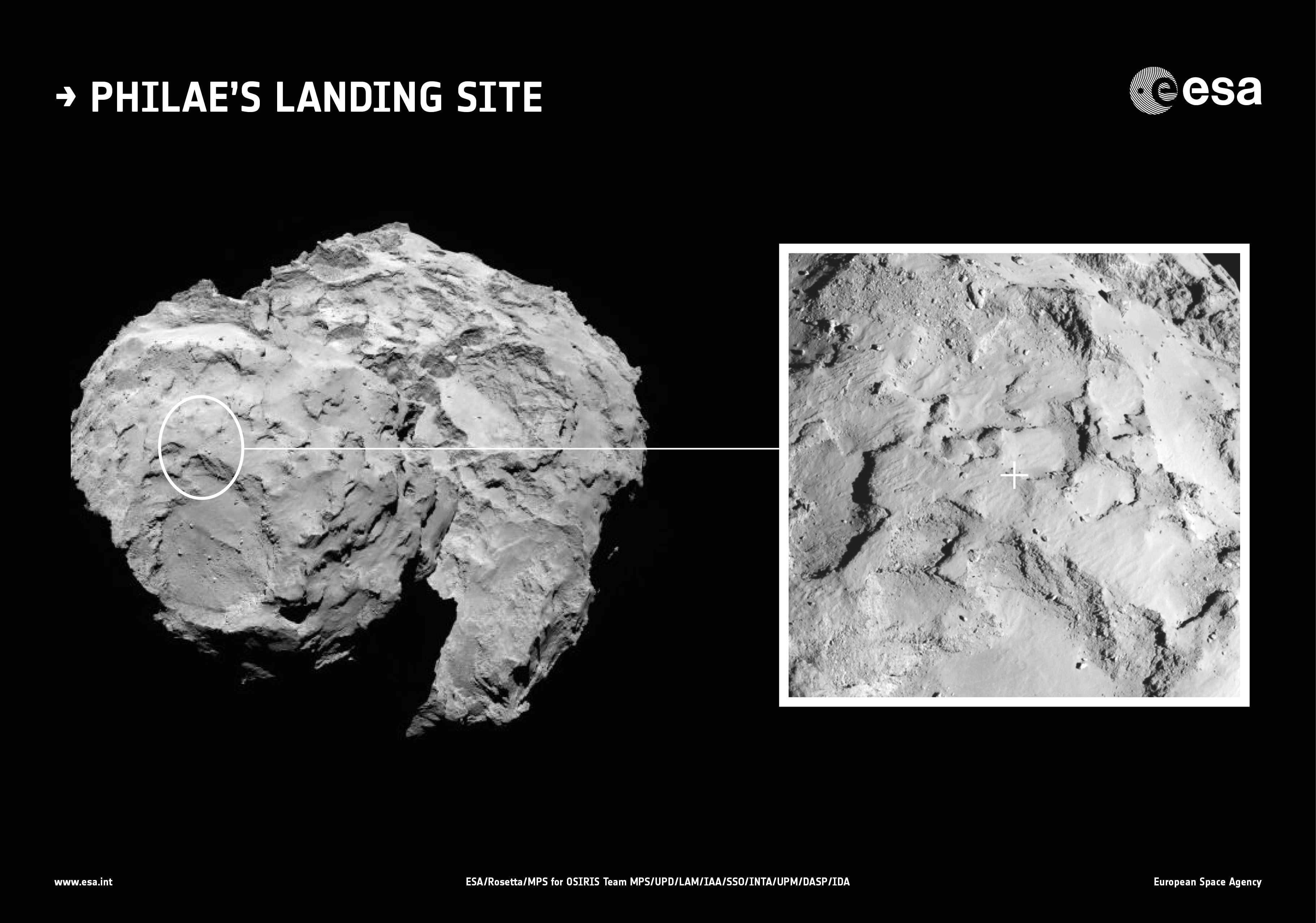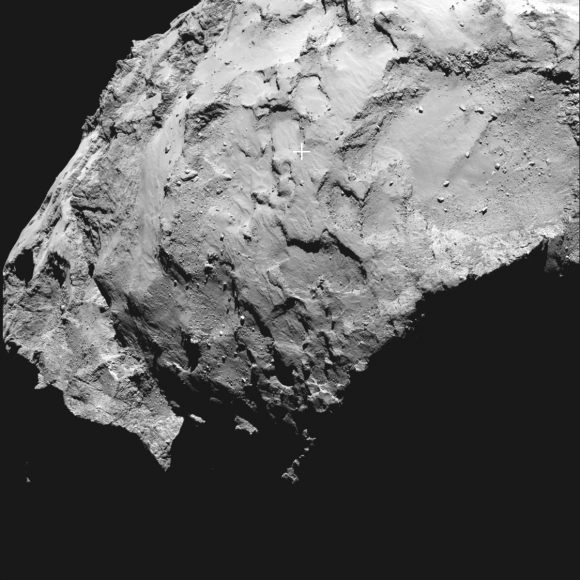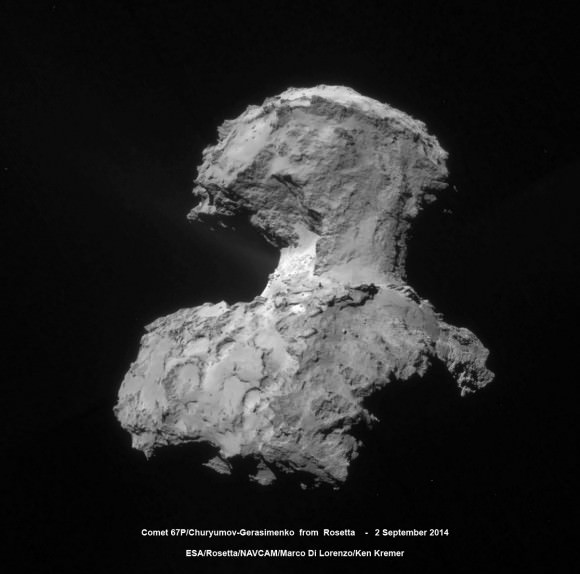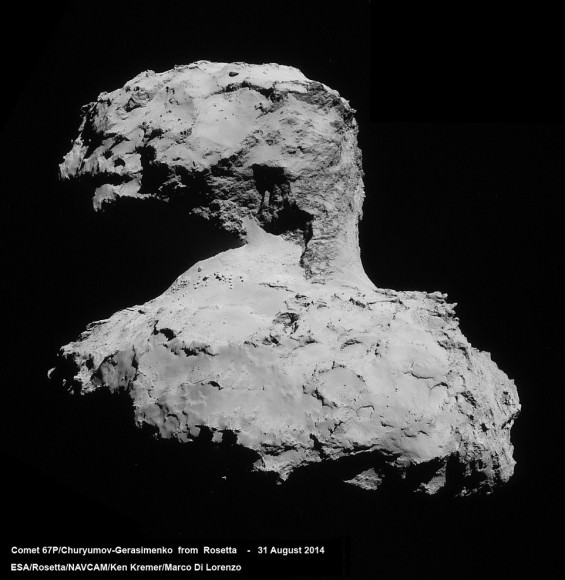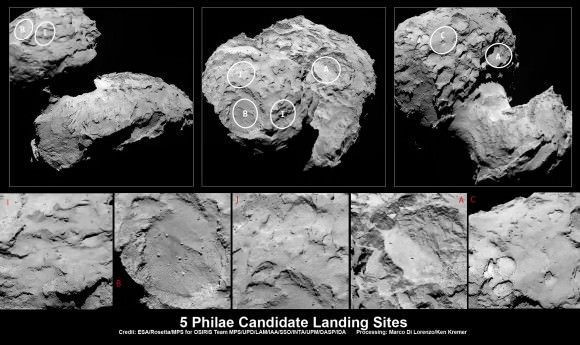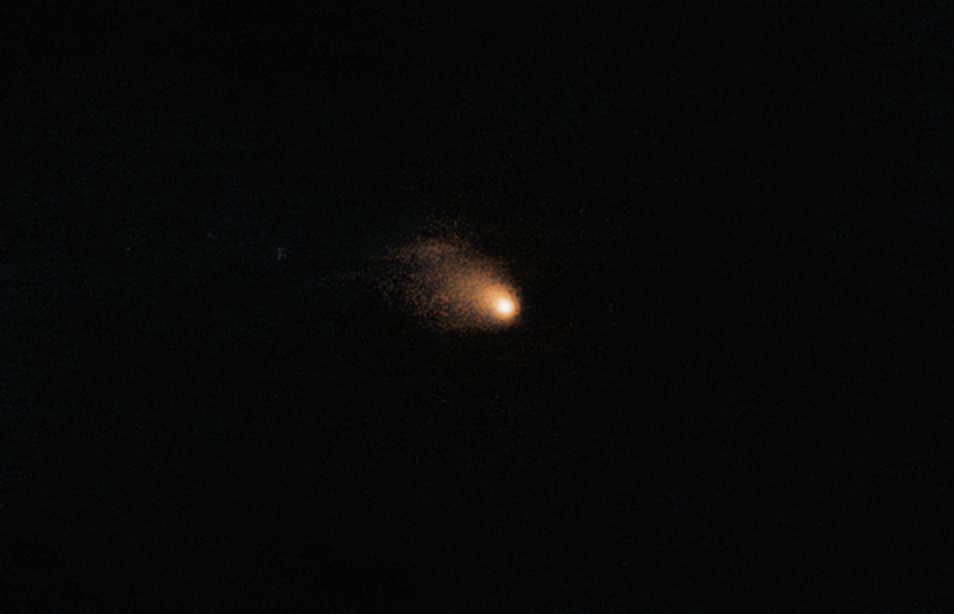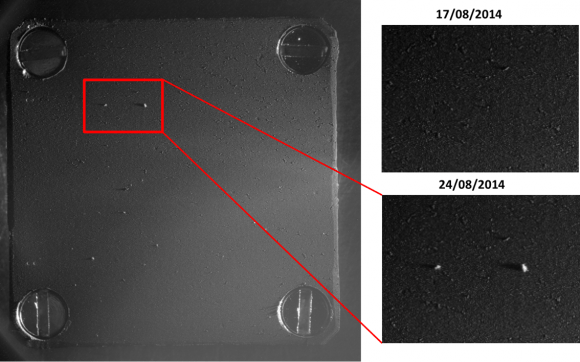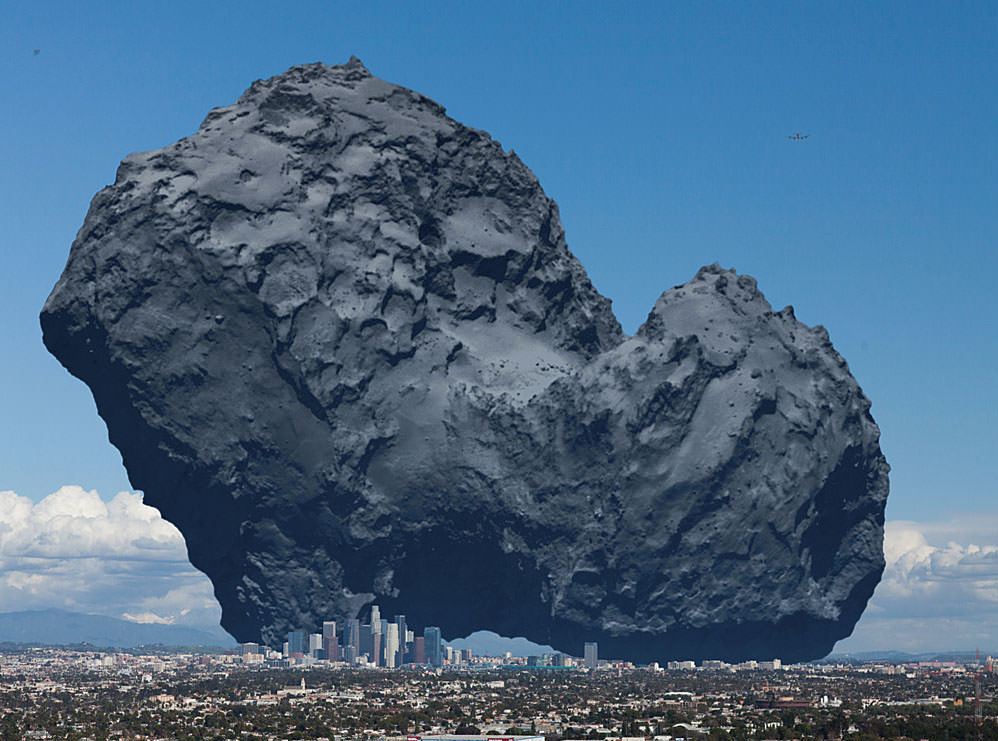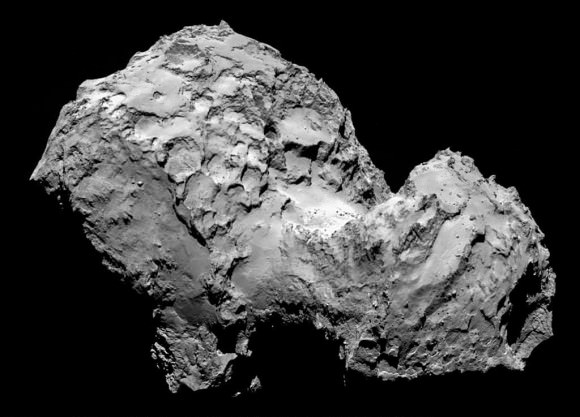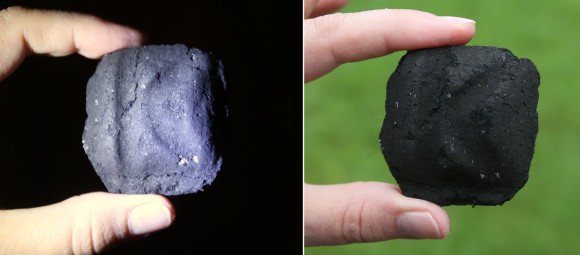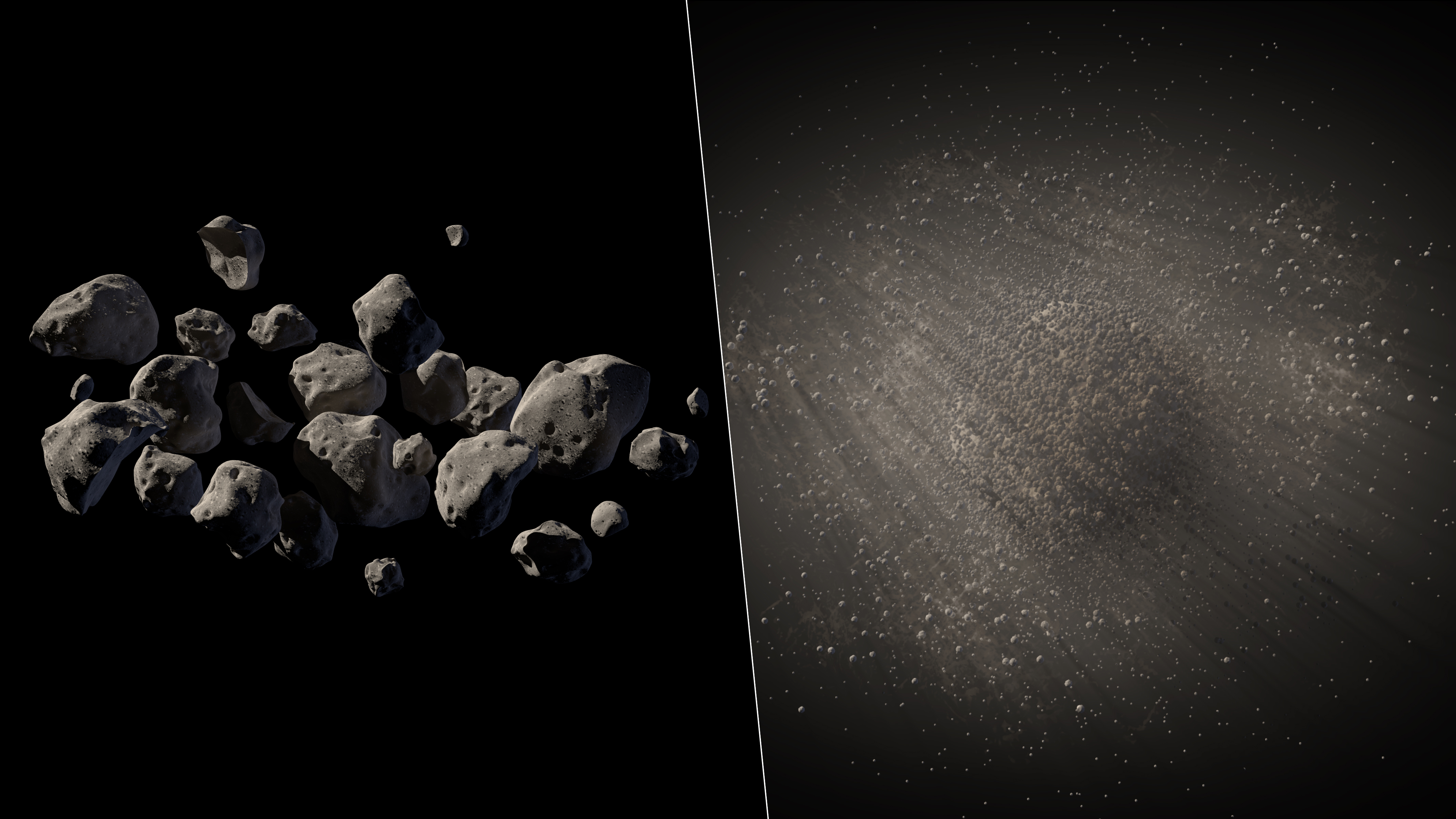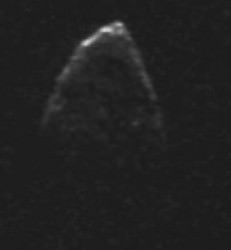In the recently released Rosetta short film called “Ambition”, the master begins a story to his apprentice – “Once upon a time.” The apprentice immediately objects to his triteness. But he promises that it is worth the slight tribulation. Who could have imagined ten years ago that Rosetta would become so successful in two such contrasting approaches to telling a tale.
The Rosetta mission is part franchise and part scientific mission. In five days, Rosetta will reach a crossroad, a point of no return as epic as moments in Harry Potter or Lord of the Rings. A small mindless little probe called Philae will be released on a one-way trip to the surface of a comet. Win or lose, Philae will live on in the tale of a comet and a mission to uncover the mysteries of our planet’s formation.
ESA did not promise a good mission as Aidan Gillen promises a good story in Ambition. A space mission is never put in terms of a promise but rather it is thousands of requirements and constraints that formulate a mission plan and a spacecraft design. The European Space Agency put 1 billion Euros ($1.3 billion) to work and did so in what now looks like one of the greatest space missions of the first century of space exploration.
The Rosetta mission is actually two missions in one. There is the comet chaser, the orbiter – Rosetta and then the lander Philae. The design of Rosetta’s objectives is some part, probably in large part, was conceived by dismissing the presence of Philae. Make a space probe to a comet that just orbits the small body. Select your scientific instrumentations accordingly. Now add a small lander to the mission profile that will do something extraordinary – what Rosetta cannot do with its instrumentation. Finally, make sure that Rosetta has everything needed to support Philae’s landing on a comet.
Here is what they have as the game plan on November 12th (the sequence of events begins while its still November 11th in the Americas). These two times are absolutely non- trivial. They are finely tuned to a timepiece called 67P/Churyumov–Gerasimenko. If calculations were made in error, then Philae’s ultimate fate is unknown. Start exactly on time and Philae will be given the best chance at making a successful touchdown on the comet.
Separation of Philae from Rosetta: 09:03 GMT (10:03 CET)
Touchdown on the comet: 16:02 GMT (17:02 CET).
During this time, comet 67P/Churyumov–Gerasimenko will complete over half a rotation on its axis. To be exact, it will rotate 56.2977% of a full rotation. Comet 67P will have its back turned towards Rosetta as it holds the diminutive Philae for the last time and releases Philae for the first and only time.
Now that the ESA, with help from the graphic artists from Platige Image from Poland, has released something entertaining for the science fiction minded among us, they have again released a next episode in their children’s fable of Rosetta and Philae (video below). This cartoon of the final moments of Rosetta and Philae together preparing for the descent which could well be the final moments of Philae.
Philae could fail, crack like an egg on a sharp rock or topple over a cliff or into a crevasse on the surface of 67P. What happens to Philae will make for a Grimm’s fairy tale ending or something we would all prefer. In either case, the ESA is using graphic arts and storytelling to inspire the next generations to join in what our JFK called “great adventures of all time” [ref].
Through a contest something NASA and JPL have used several times to involve the public, the ESA asked the public to come up with a name for the landing site, site J. Out of the thousands of entries, 150 people suggested the name Agilkia [ref]. Alexandre Brouste from France, the designated winner, has been invited to watch the landing activities at Rosetta’s mission control in Darmstadt, Germany. It follows from the Eqyptian theme of the mission’s two probes. “Rosetta” comes from the clay tablet discovered in the 1800s that led to the deciphering of Egyptian hieroglyphics. Philae” is a island on the Nile which held magnificent Eqyptian temples. With the operation of the Aswan dam starting in 1902, the island of Philae was repeatedly flooded and the temple was at risk. UNESCO beginning in 1960 started a project to save the islands historic structures. They were all moved to a nearby Nile island called Agilkia [related U.T. article]. This becomes a part of the Rosetta story – a lander named Philae in reference to the obelisks used along with the Rosetta stone to decipher Eqyptian writings, departing its mother ship on a short but critical voyage to a final resting place, the landing site now called Agilkia.
Upon landing, a landing confirmation signal is expected from Philae via Rosetta at about 8:02 AM PST (11:02 AM EST, 17:02 Central European Time). Alexandre Brouste of France, the designated winner of the landing site naming contest will be in Darmstadt, Germany in mission control to watch the landing unfold with the Rosetta engineers and scientists. Surely, millions of citizens of the European Union and people worldwide will be watching via the World Wide Web.
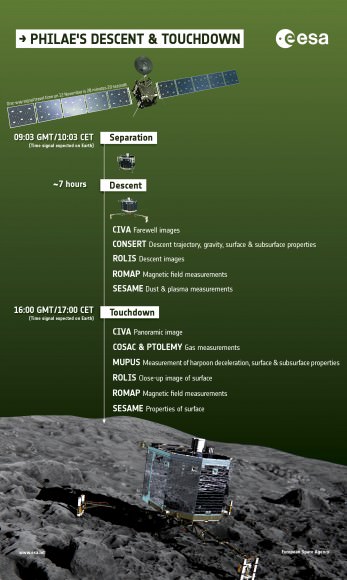
Previous Rosetta and Philae articles at Universe Today
Rosetta’s Philae Lander: A Swiss Army Knife of Scientific Instruments
Why Watch ESA Rosetta’s Movie ‘Ambition’? Because We Want to Know What is Possible

